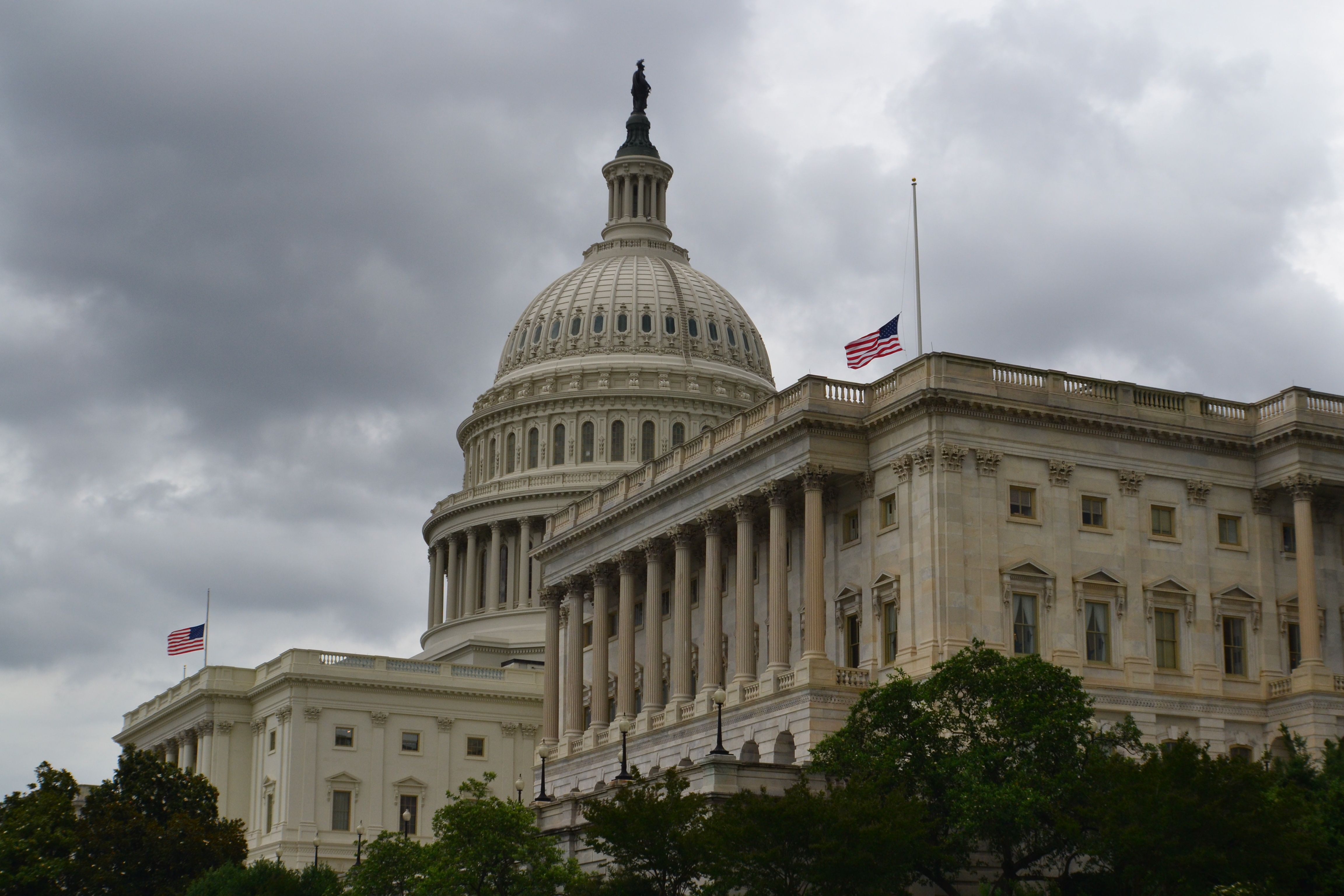Dismantling evil as a business model
 Read To Me
Read To Me
Sign up for a six month free
trial of The Stand Magazine!
Editor’s Note: This article mentions details about the harms of pornography and transgender surgeries that some readers may find disturbing.
Studies as early as the 1950s linked smoking and lung cancer. Then, in 1964, the Surgeon General’s Report led to the Federal Cigarette Labeling and Advertising Act of 1965, which mandated health warnings on cigarette packages.
The first warning displayed this weak message: “Caution: Cigarette smoking may be hazardous to your health.” However, over the decades, more explicit and severe warnings became mandatory. Today, tobacco products and advertisements must display a variety of strong warnings and images, including:
▶ “Warning: Tobacco smoke can harm your children.”
▶ “Warning: Cigarettes cause fatal lung disease.”
▶“Warning: Smoking causes head and neck cancer.”
A 2009 review of studies over the previous 50 years concluded that these warnings contributed to “changing consumers’ attitudes toward tobacco use as well as changing consumers’ behavior.” But in my opinion, the lawsuits and settlements in the 1990s had the most significant impact on the public’s perception of smoking. These legal actions cost Big Tobacco hundreds of billions of dollars and revealed the shameful truth that they had known all along: Smoking kills. The largest settlement came in 1998, totaling $206 billion to be paid by the major tobacco companies over 25 years.
Obviously, the labels, the settlements, and the work of many private organizations have been effective. In recent months, the Centers for Disease Control and Prevention reported that only 11.6% of adults were smokers in 2022, a significant decrease from 42.4% in 1965.
Reviewing Big Tobacco’s deceitful practices brings to mind the equally immoral, deceptive, and wicked moneymaking businesses of pornography and so-called gender-affirming care.
So, did the fight against the tobacco industry teach us anything that would be helpful in our current battles? I believe so.
A lesson learned
We could start by working for legislation that would require a warning label on every pornographic website – something like this: “Warning: Viewing pornography is addictive and could destroy your marriage and other relationships as well as your mental health.”
Too harsh? Well, it’s the truth.
According to a 2017 report conducted by researchers at the University of Oklahoma and published in The Journal of Sex Research, married couples who consume pornography are nearly twice as likely to divorce. A study produced by Brigham Young University and published in a 2022 issue of the same journal found that “both general and aggressive pornography use alone were associated with less relationship satisfaction and relationship stability even when accounting for a range of potentially confounding variables.”
In layman’s terms, those who use pornography become less satisfied with their current relationships.
One of the most horrific realities regarding pornography is documented in The Sexualization of Childhood, a book by Sharna Olfman published in 2008. One chapter makes the case that producing pornography depicting males and females who barely meet the legal age of consent, or those who display child-like characteristics, is often a gateway to child pornography.
A fight worth fighting
In the matter of “gender-affirming care,” imagine parents arriving at a medical facility to have their child’s body mutilated and being met by a sign that says, “Warning: Gender transition procedures can result in the permanent destruction of reproductive organs and cause physical and emotional suffering that could lead to suicide.”
A study titled Risk of Suicide and Self-Harm Following Gender-Affirmation Surgery shows that individuals who underwent surgery to alter their body and sexual organs experienced a “12.12-fold higher suicide attempt risk than those who did not.”
To be clear, gender-reassignment surgeries often result in both men’s and women’s healthy external sex organs being reconstructed to make them look like the opposite sex, according to a study published on the online JAMA (Journal of the American Medical Association) Network. Ultimately, the data shows that those who undergo such surgery often end up emotionally and physically worse off than before the procedure.
Changing public perception regarding the peddlers of pornography and “gender-affirming care” is going to be a long but winnable war. The efforts against Big Tobacco demonstrate that, as does the half-century it took to overthrow abortion on demand.
But it’s a fight worth fighting. I commit AFA resources to the effort. Will you sign on? (See related story on p. 31.)

Sign up for a free six-month trial of
The Stand Magazine!
Sign up for free to receive notable blogs delivered to your email weekly.















